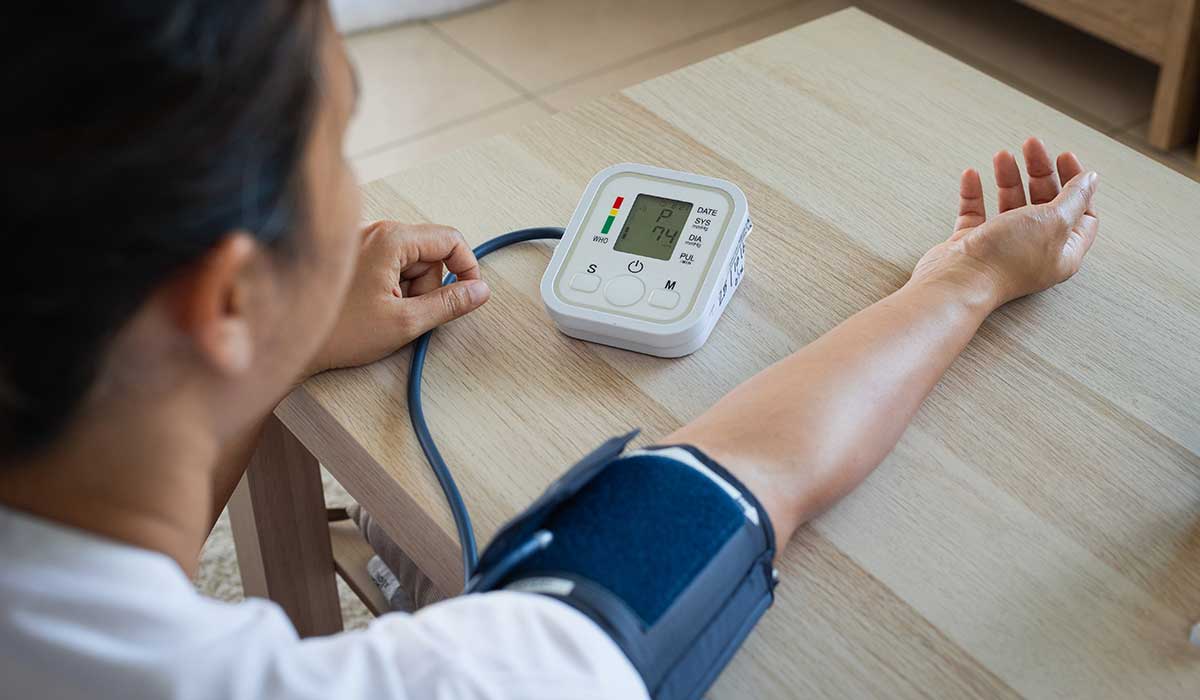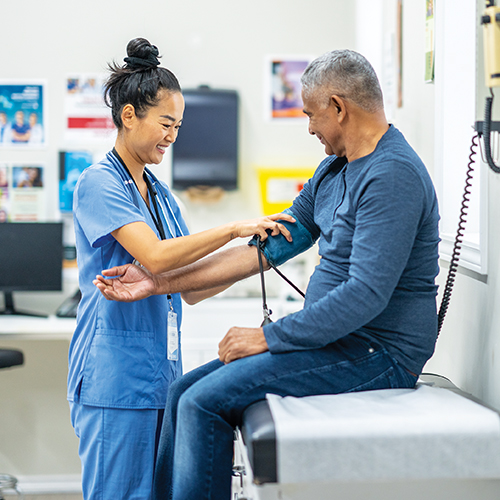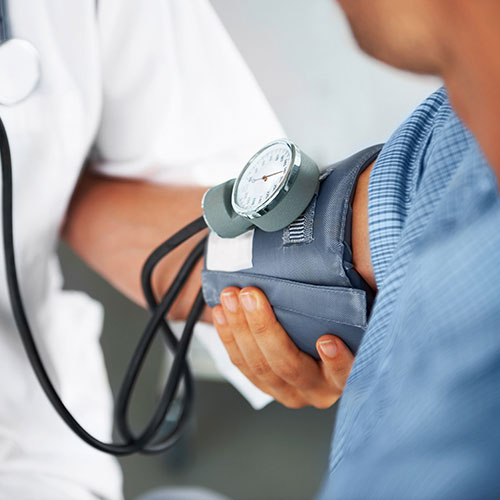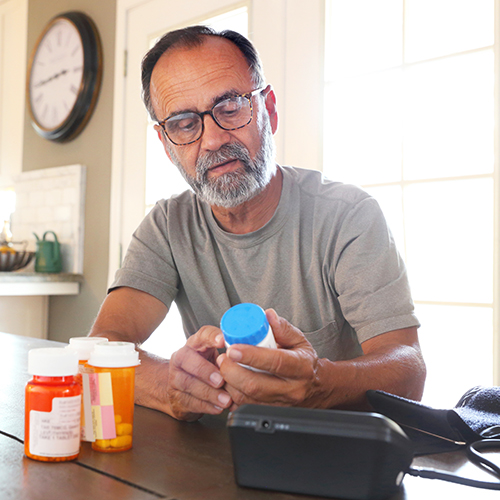February 2023
Controlling high blood pressure is an integral part of keeping your heart healthy. That’s because uncontrolled high blood pressure increases your risk of cardiovascular disease, heart attack, and stroke.
Your doctor may want you to monitor your blood pressure at home. Use a portable blood pressure monitor to get your blood pressure reading.
The reading is measured in mercury millimeters, or mmHg. A normal blood pressure level is less than 120/80 mmHg.
One important step is to take your blood pressure at the same time each day because it can fluctuate throughout the day.
What causes blood pressure to fluctuate?
Minor blood pressure fluctuations are normal. According to the American Heart Association, your blood pressure can vary 5 to 10 mmHg, even during a breathing cycle.
Here’s what can cause your blood pressure to change throughout the day:
The time of day
Your blood pressure goes up a bit when you wake up. But things you do during the day can cause it to yo-yo a bit.
Some experts recommend taking your blood pressure shortly after waking up but before you’ve had anything to eat or drink or taken any medications for the day. This way, none of these factors will interfere with your blood pressure reading.
Food and drinks
Eating can cause a temporary drop in blood pressure. When you eat, your body redirects blood to your stomach and pancreas to help digest food, causing an overall drop. What you eat can also affect your blood pressure.
For example, the AHA recommends 1,500 mg of sodium per day for most adults. If you go over this amount, your blood vessels will lose their ability to widen within 30 minutes of over-consuming sodium or salty foods.
Drinking alcohol or coffee can also cause your blood pressure to fluctuate. According to a systematic review, high-dose alcohol consumption (over 30 grams of alcohol for men and more than 20 grams of alcohol for women) lowers your blood pressure during the first 12 hours of drinking. But after 13 hours, your blood pressure will increase.
And while coffee can provide health benefits in moderation, too much caffeine can significantly increase your blood pressure for short periods.
Certain medications
Common medications that can increase blood pressure include:
- High-dose acetaminophen Tylenol — 1,000 mg or two 500 mg extra-strength pills.
- NSAIDs (Advil, Motrin).
- Corticosteroids.
- Decongestants, either alone or in certain cold or flu medicines.
- Antidepressants.
- Estrogens, including birth control pills.
- Excess thyroid replacement hormones.
Smoking or vaping
Nicotine constricts your blood vessels, which can cause your blood pressure to rise.
Exercise
Physical exertion causes a slight temporary rise in blood pressure. For some people, it may cause a higher-than-normal increase known as a hypertensive response to exercise (HRE).
Over the long term, regular physical activity helps to lower your blood pressure and keep it under control — so don’t be afraid to continue to exercise even if it does cause a temporary increase in blood pressure.
How to take your blood pressure
Follow these AHA and Centers for Disease Control and Prevention tips to get the most accurate reading:
- Empty your bladder before.
- Avoid these activities 30 minutes before: eating, drinking, smoking, exercising, or consuming caffeine.
- Relax and sit still in a chair with your back straight and feet flat on the floor. Do this for five minutes before and during your reading.
- Put the arm cuff on bare skin. Make sure it’s snug but not tight. Don’t talk during your reading.
- Keep your cuffed arm at heart level and on a table or other flat surface.
- After your first reading, wait one minute and retake your blood pressure.
- Write down the individual readings and also the average of the two readings.
- If there’s a wide range between the two, wait another minute and take a third reading.
- Share your readings at your next doctor’s appointment.



